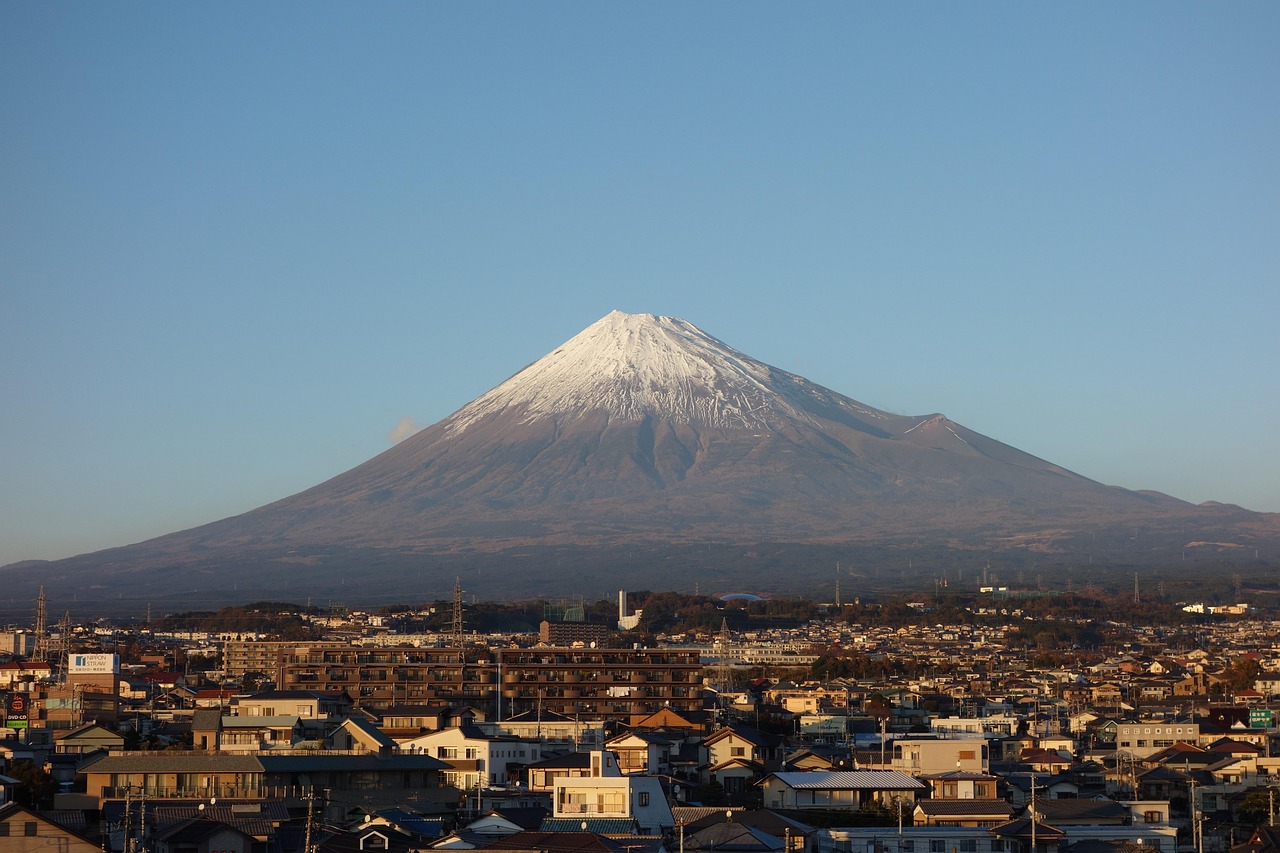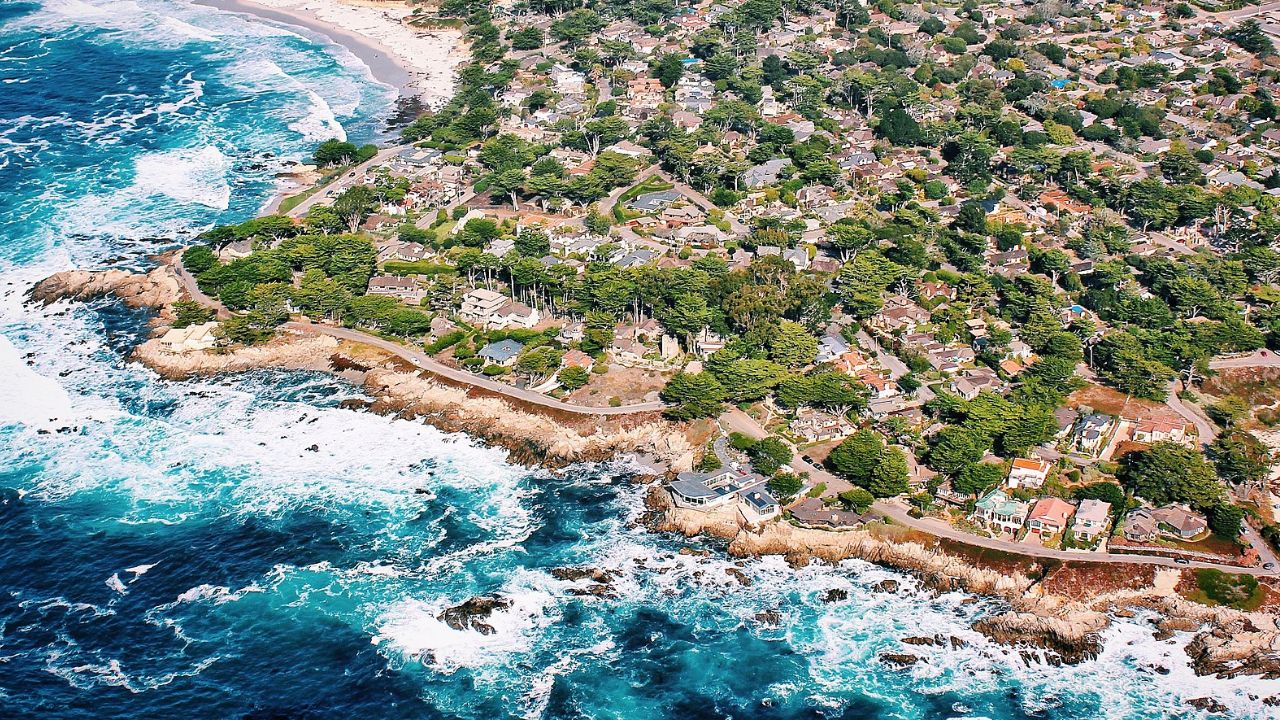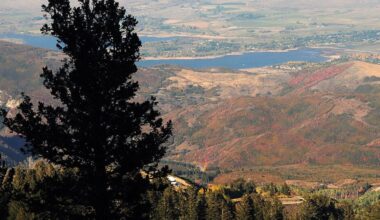Crowds bring energy and income, but they also push transit, housing, and fragile heritage to the brink. Around the world, beloved places are drawing new lines to protect everyday life. Officials are adding entry fees, capping tour groups, and setting quiet hours so neighborhoods can breathe again. None of this is about turning away guests. It is about balance. Travelers who match the local pace still find open doors, longer conversations, and moments that feel earned rather than staged.
Venice, Italy
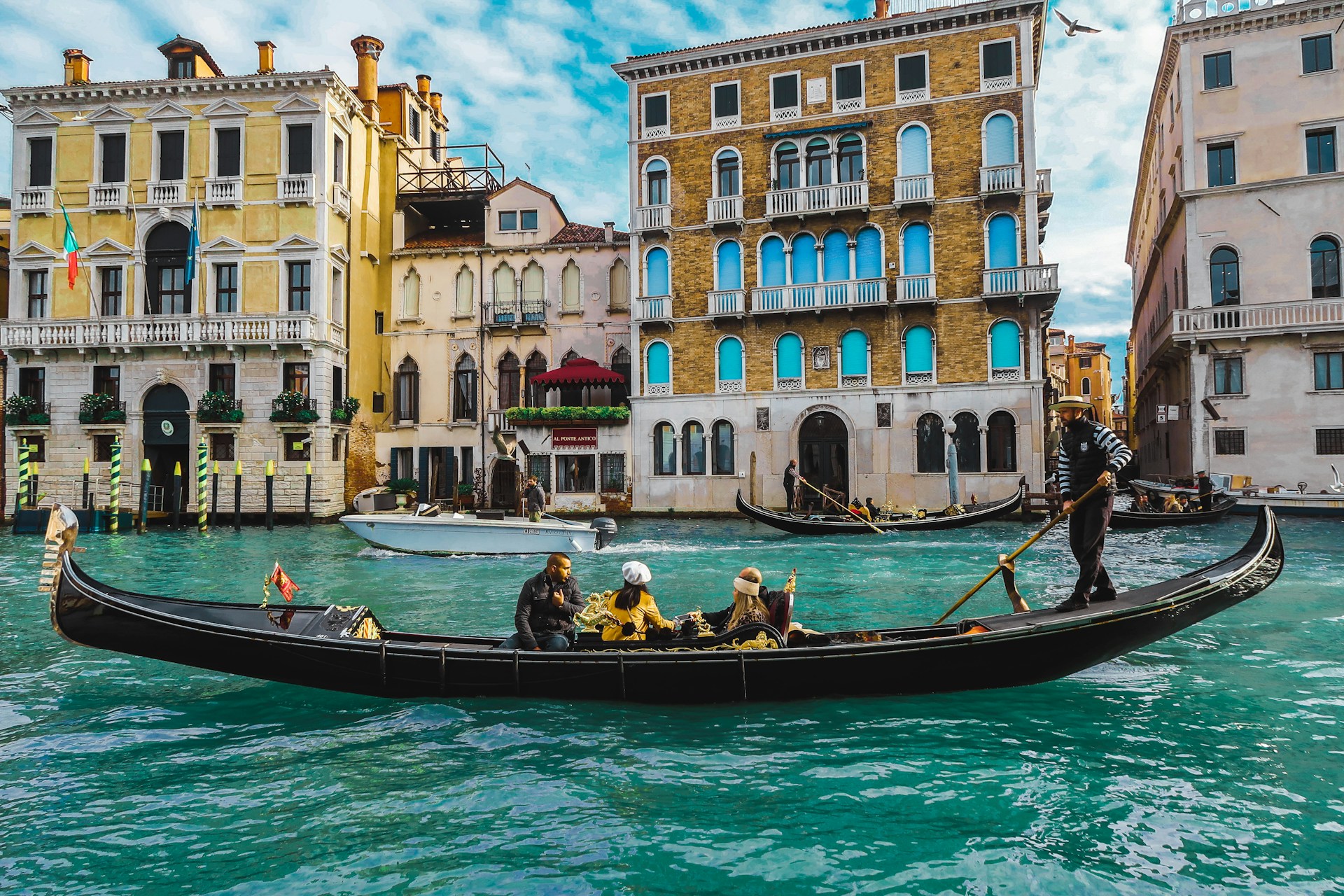
Venice now charges a day entry on select dates, limits large groups, and steers foot traffic off narrow choke points. Picnic stops on marble steps are discouraged, and officers nudge visits toward shoulder hours to ease vaporetto lines. The revenue supports flood defenses and church restorations that outpace ordinary budgets. Longer stays spread spending to bakeries, boatyards, and bookshops beyond the Rialto. The city’s goal is simple protection for a place that is both home and miracle.
Amsterdam, Netherlands
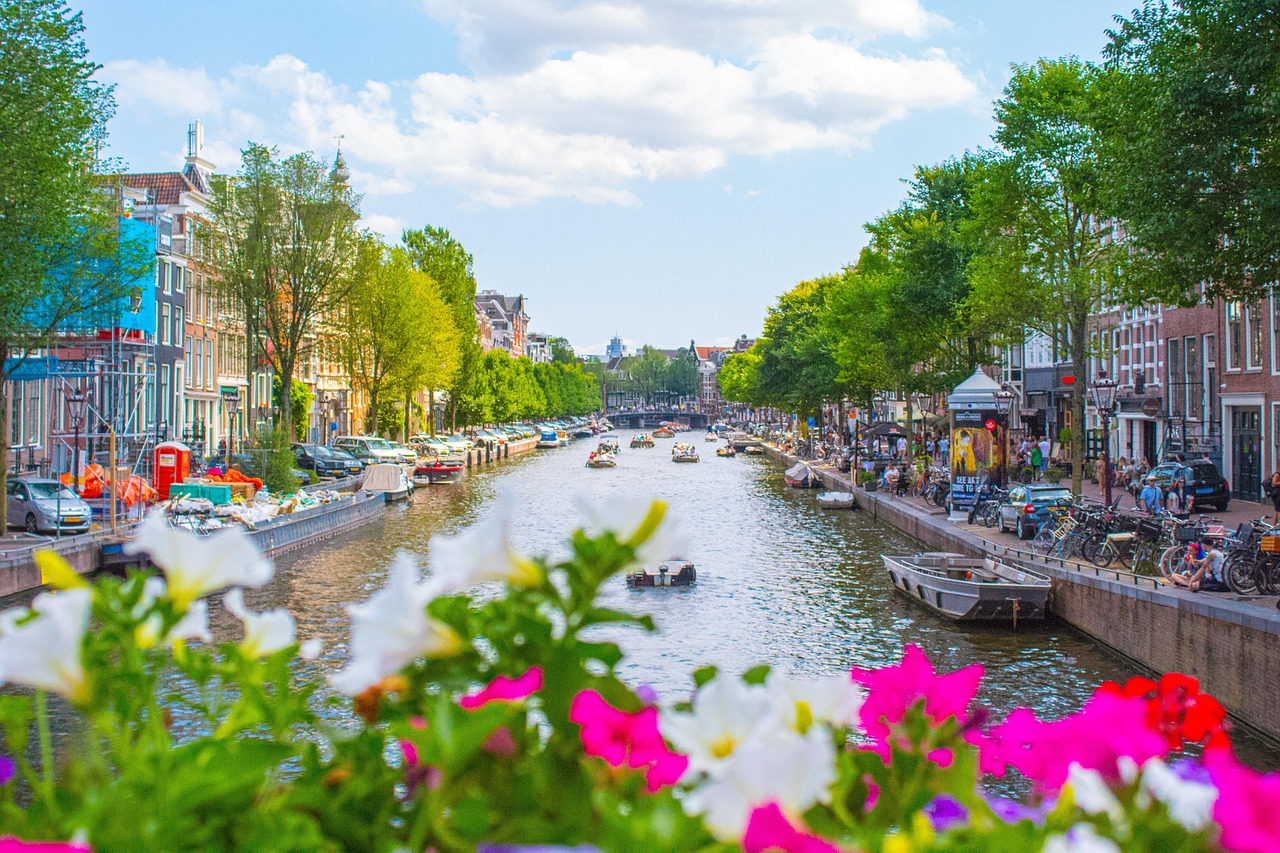
Amsterdam is dialing down late night volume in the old center with earlier closing times, fewer party ads, and stricter rules on nuisance behavior. Big tour groups face tighter controls, and short lets in dense lanes meet firm enforcement. The message favors canals, museums, and neighborhood culture over stag chaos. Travelers who branch into De Pijp or Oost discover brown cafes, small galleries, and quieter bridges. Residents regain sleep, while visitors get a truer sense of daily Amsterdam.
Kyoto, Japan
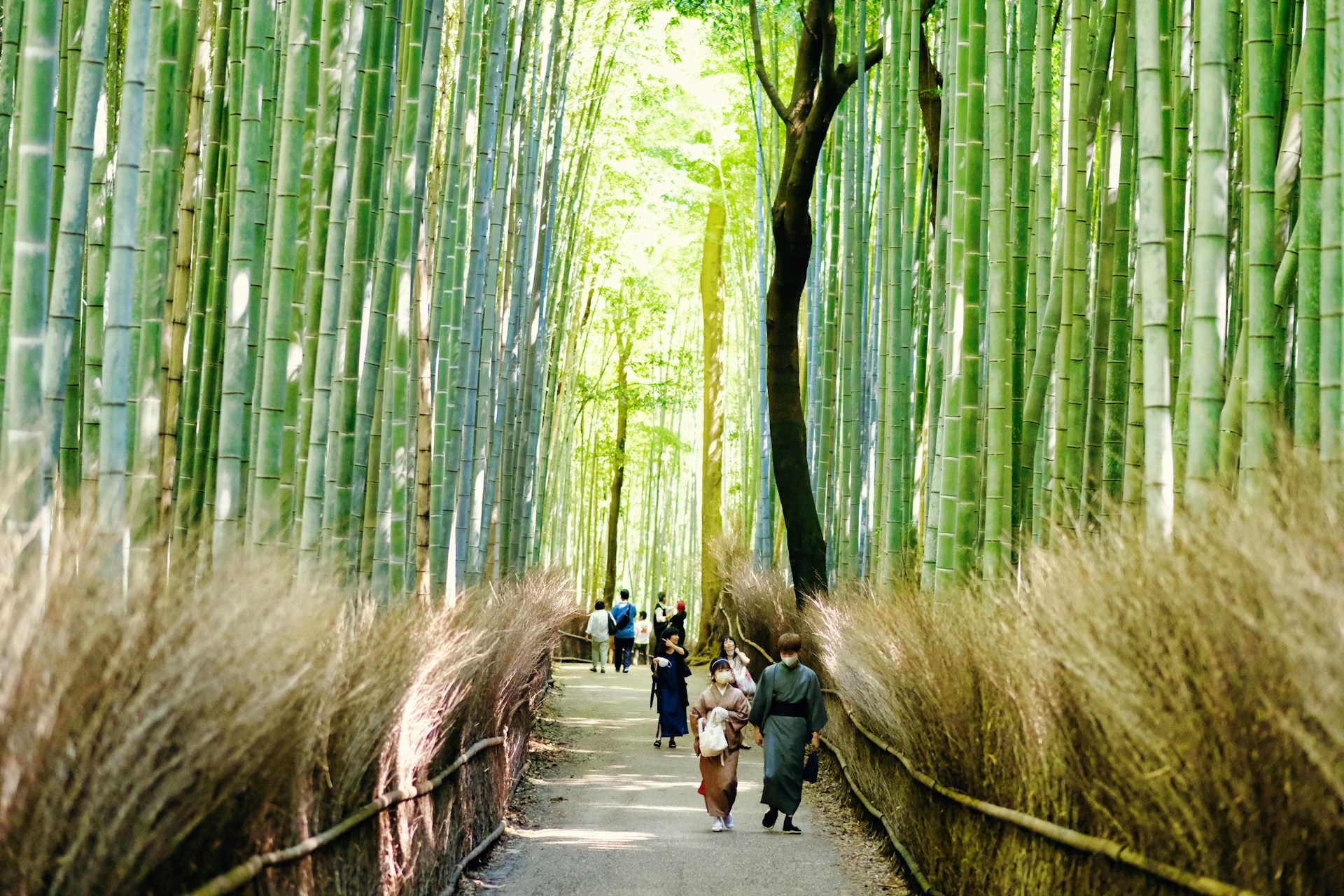
Kyoto’s Gion district protects geiko and maiko with no photo zones, posted boundaries, and fines for blocking wooden alleys. Street guides keep lines moving at major temples, and timed entries smooth the peaks of cherry and maple seasons. The effect is felt after dusk when lanterns glow and conversation returns to a hush. Guests who follow the cues find rooms for reflection rather than crowds pushing past gates. Heritage here is living, and the guardrails keep it intact.
Bali, Indonesia
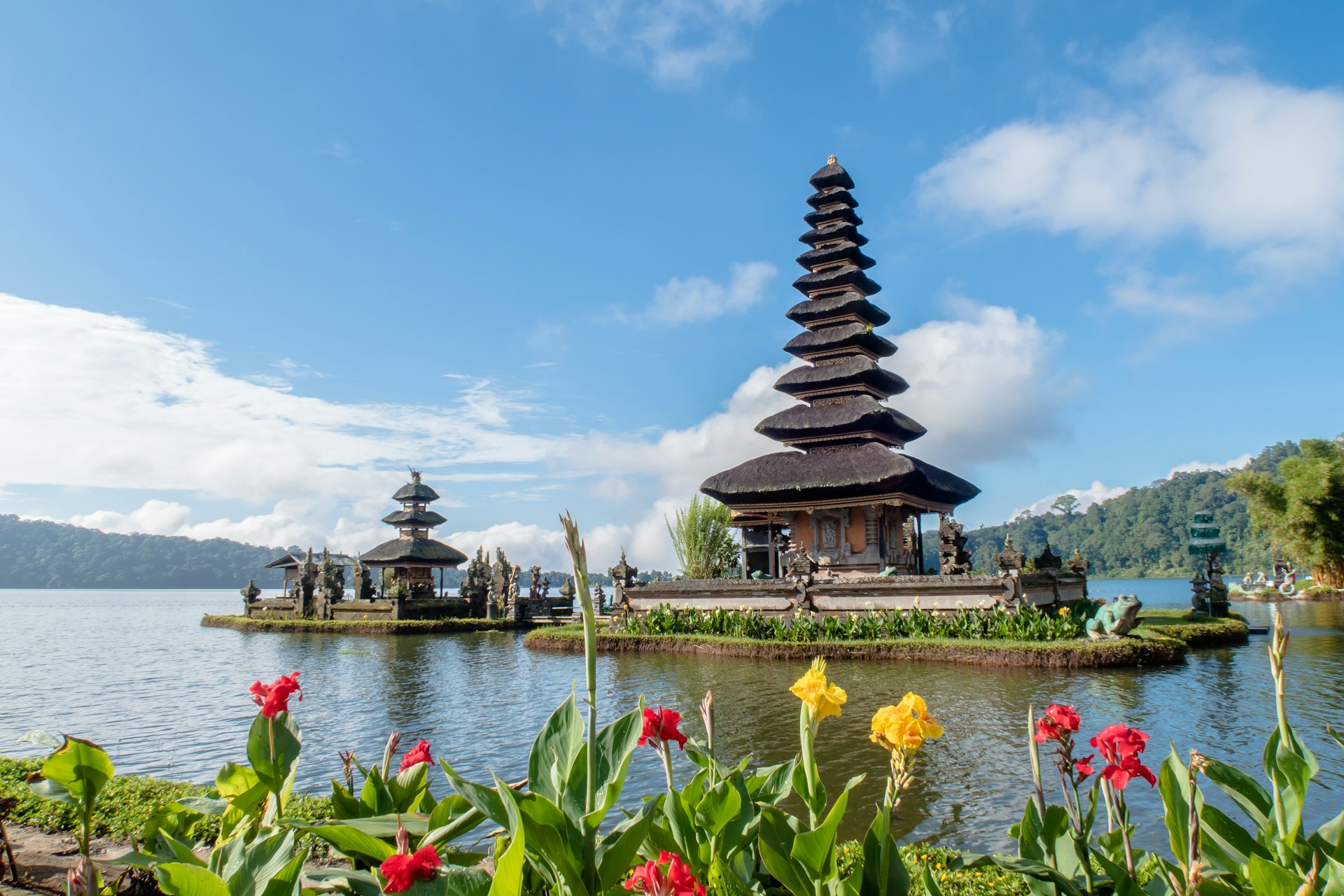
Bali enforces a culture code, collects a small tourist levy, and cracks down on unlicensed work by visitors. Temples expect respectful dress and quiet conduct, while traffic officers check helmets and licenses on rented scooters. Beach clubs still buzz, but ceremonies and village rules take precedence. The island remains welcoming, just clearer about lines that protect community rhythms. When visitors fit into the banjar calendar, the result is smoother days, cleaner roads, and space for local ritual.
Barcelona, Spain
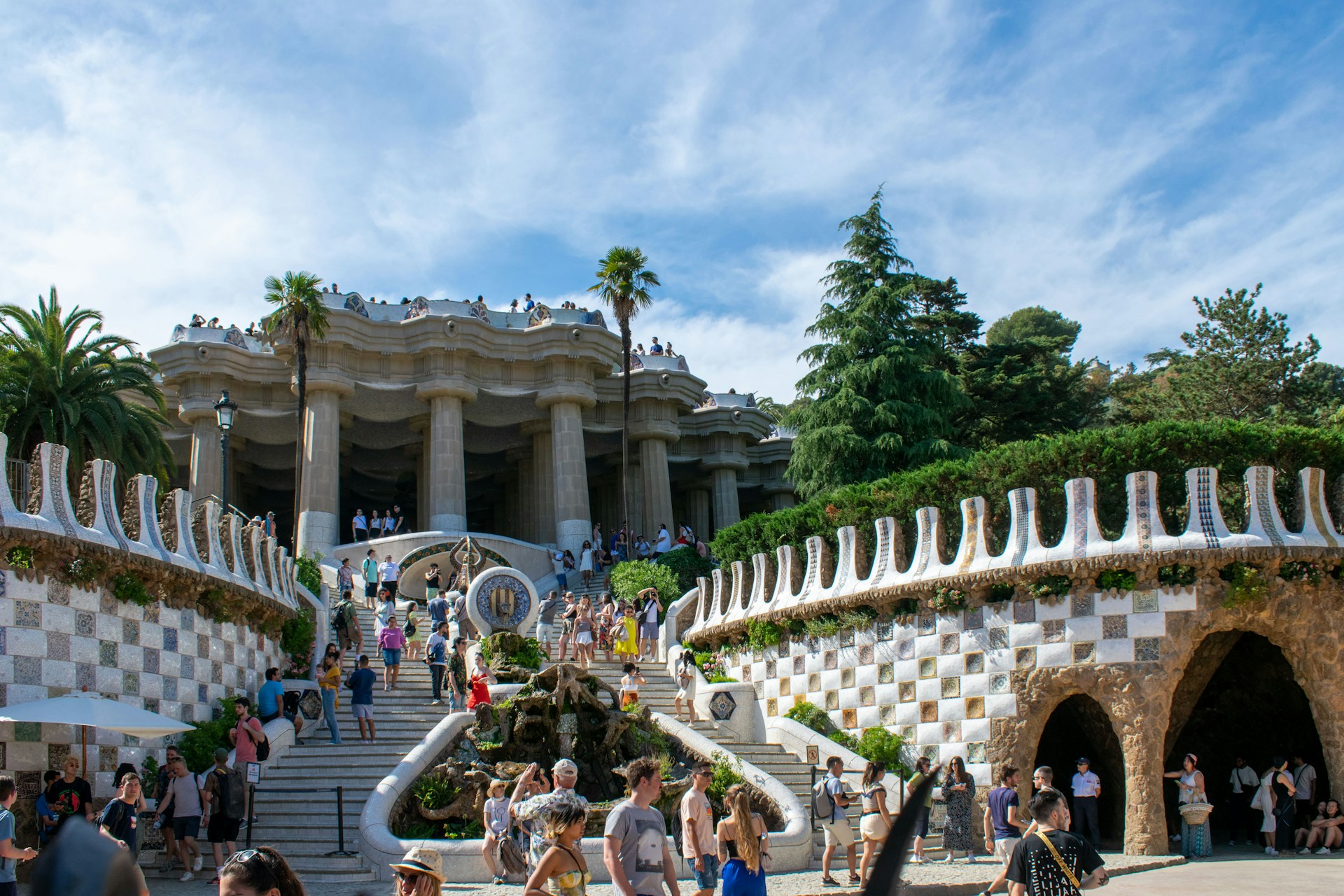
Barcelona targets illegal rentals, caps tourist apartments, and coordinates cruise arrivals to avoid crowd spikes in Ciutat Vella. Patrols address noise in tiny plazas, and market etiquette helps residents shop for lunch without elbowing through cameras. Well marked routes nudge groups beyond the same photo corners. Those who settle into Gràcia or Poblenou meet bakeries by name and kids playing football in pocket parks. The city is not closing. It is asking for room to live.
Santorini, Greece
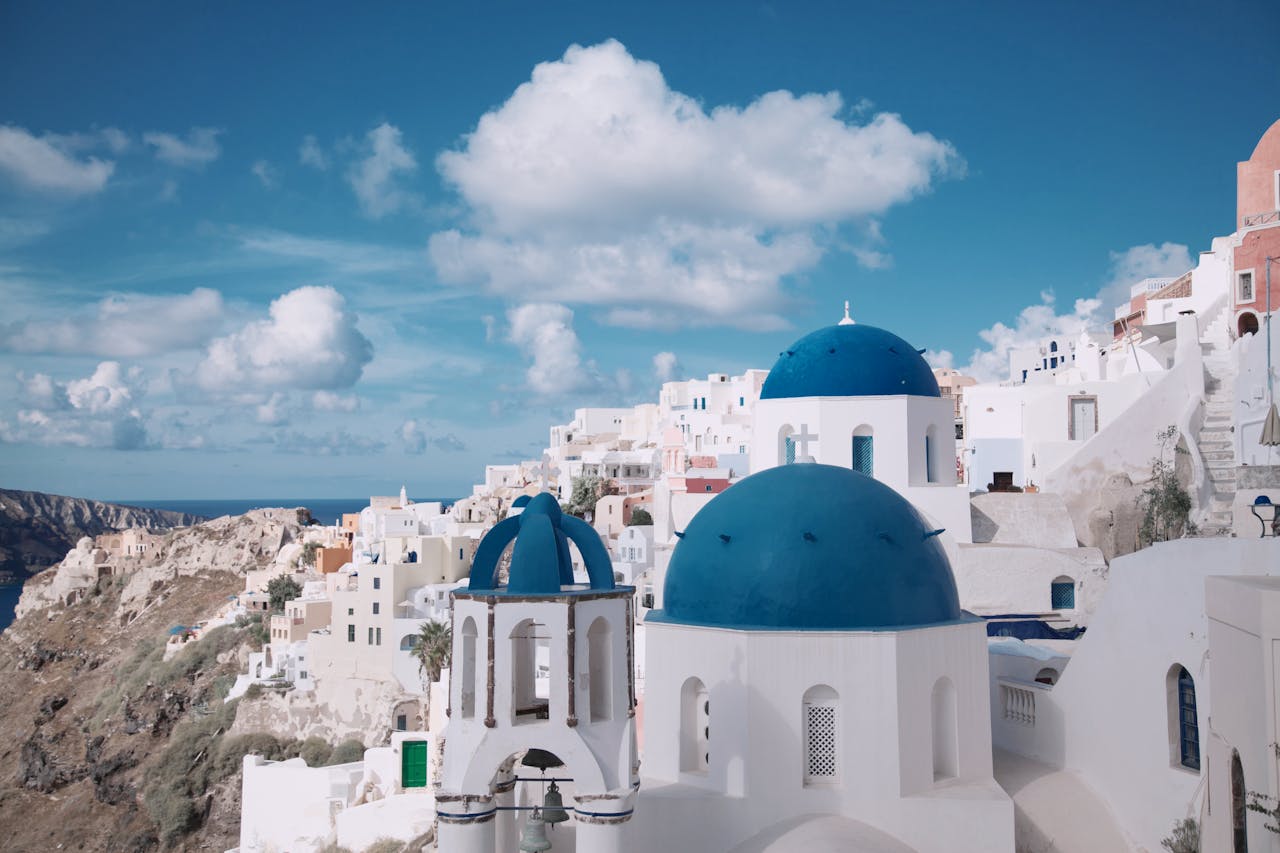
Santorini limits daily cruise disembarkation and staggers arrivals so caldera paths remain passable and sunsets feel like a pause, not a scramble. Donkey path rules protect animals and walkers on steep stone. Small group vans and local buses spread visits to villages like Pyrgos and Emporio. The island favors shoulder season nights when tavernas have time to talk, and family hotels can plan staffing. With calmer lanes, the blue domes shift from checklist to memory.
Machu Picchu, Peru
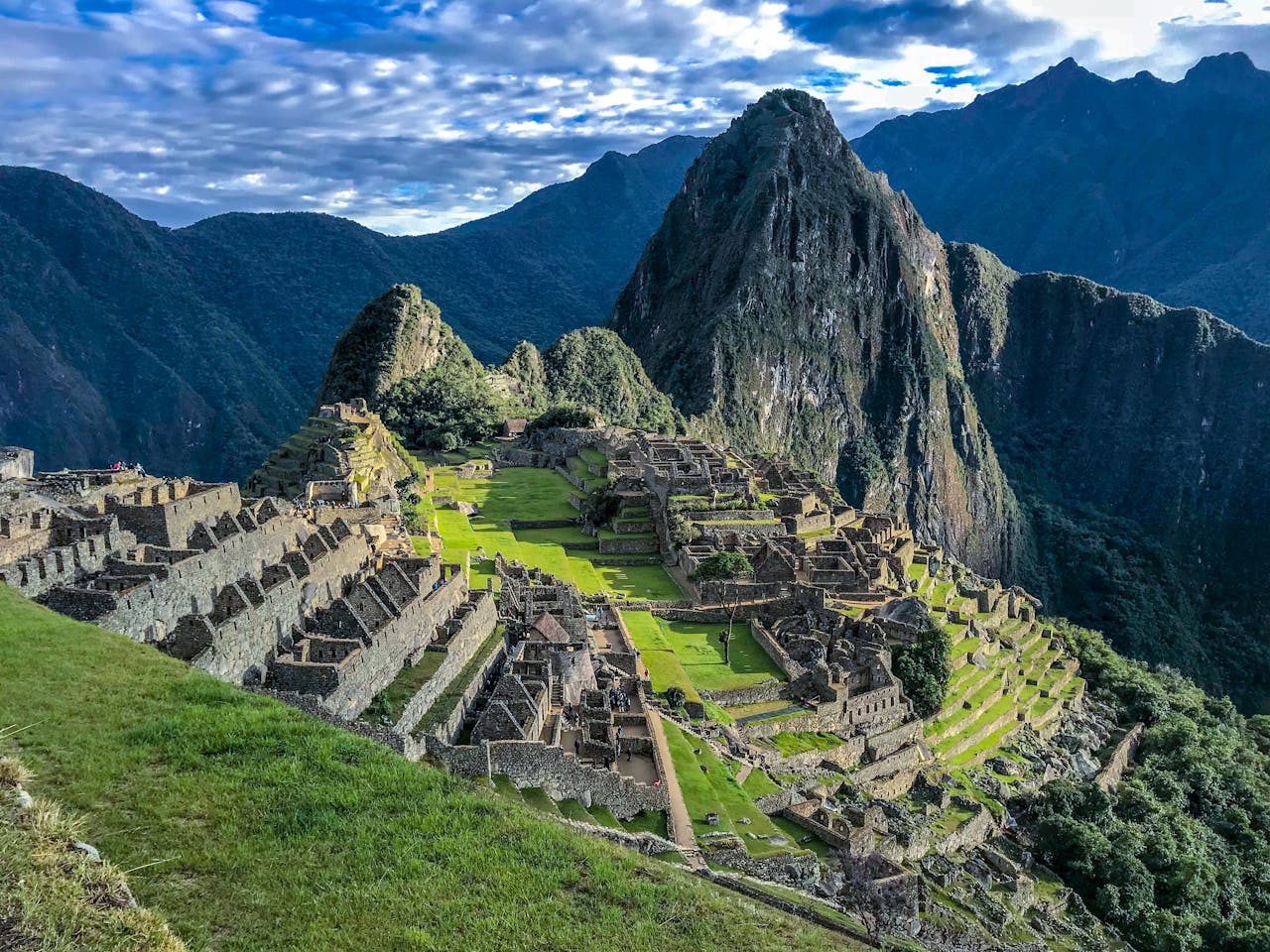
Machu Picchu uses timed tickets, circuit routes, and daily caps to protect stonework and mountain ecology. Guides keep groups moving and discourage stopping on fragile terraces. The rules encourage extra nights in the Sacred Valley and alternative treks that share the load. Orchids, swifts, and quiet return to edges that once thinned under pressure. When footfall levels out, the citadel regains texture and scale. The site is still accessible. It is simply cared for with intent.
Bhutan
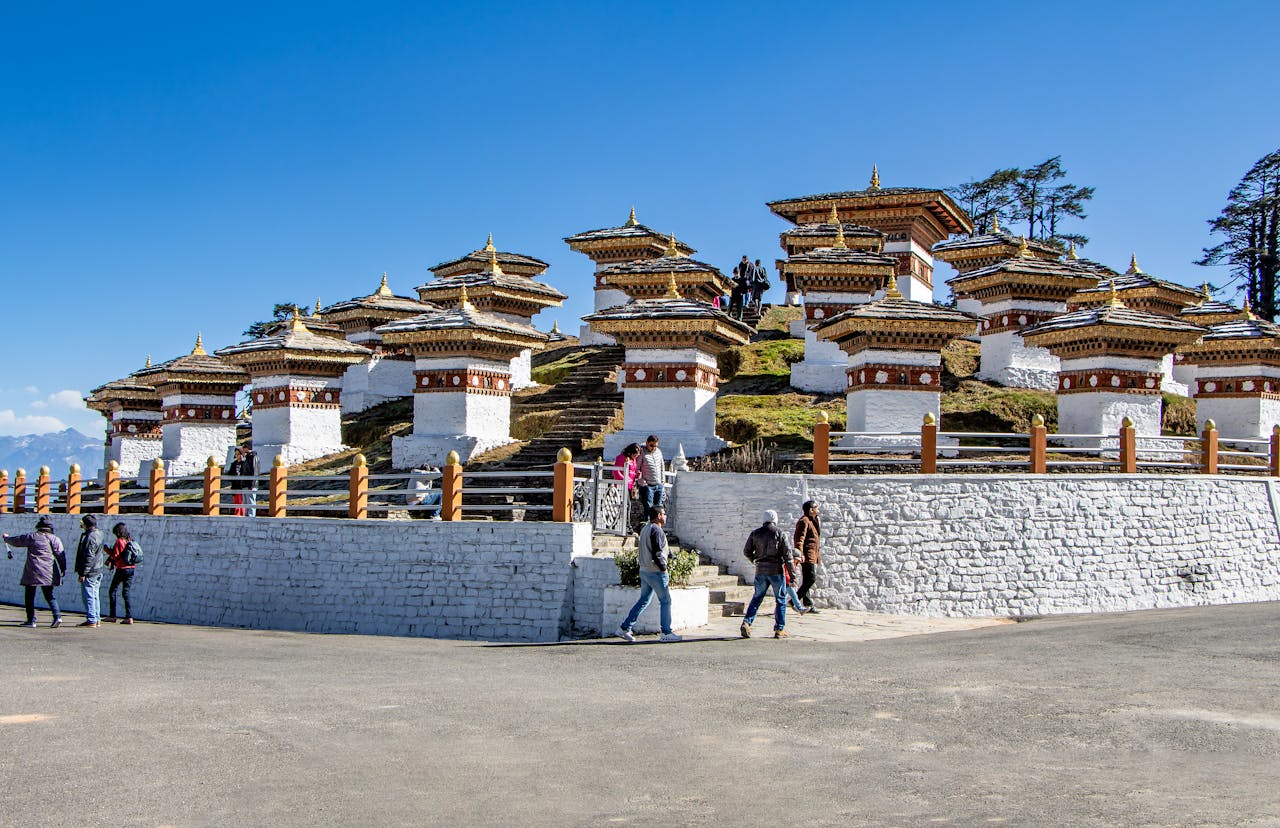
Bhutan’s Sustainable Development Fee shapes numbers and funds conservation, trail repair, and cultural programs. Licensed guides and lodging standards raise the baseline for safety and context, turning each journey into an exchange rather than a race. Revenue reaches villages through homestays and craft cooperatives. The kingdom favors fewer, longer trips that go beyond postcard passes into everyday rituals. The welcome remains warm, while forests, monasteries, and language traditions hold steady against the pull of volume.
Mount Fuji, Japan
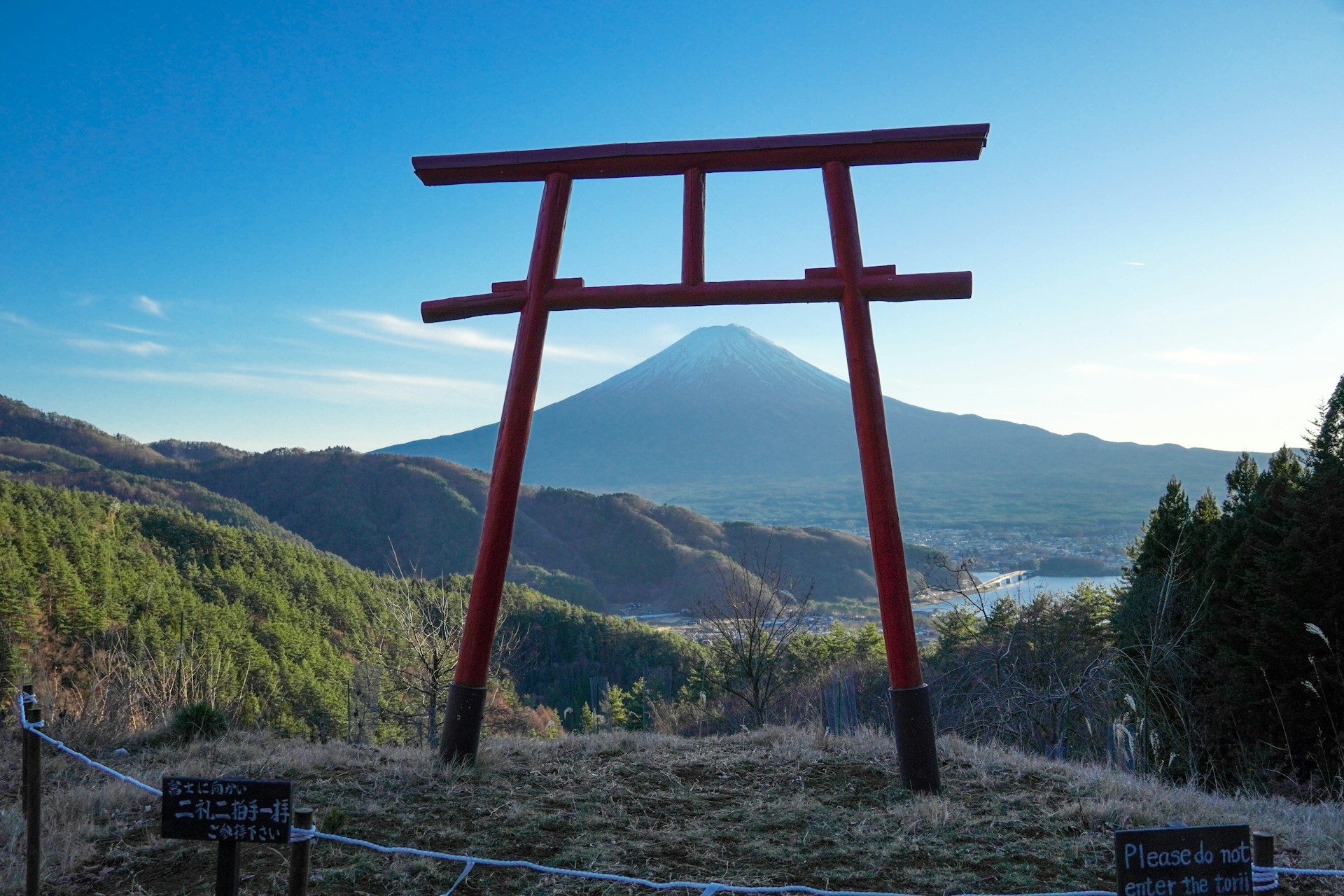
Mount Fuji’s busiest trail now has a daily cap and an access fee to address litter, altitude risk, and midnight crowding. Entry gates track numbers, while advisories push realistic start times and proper gear. Towns around the mountain benefit as climbs spread to weekdays and lesser known routes. Rescue calls fall, switchbacks mend, and dawn on the summit sounds like wind and breath instead of chatter. The goal is not fewer smiles, just safer steps.
Dubrovnik, Croatia
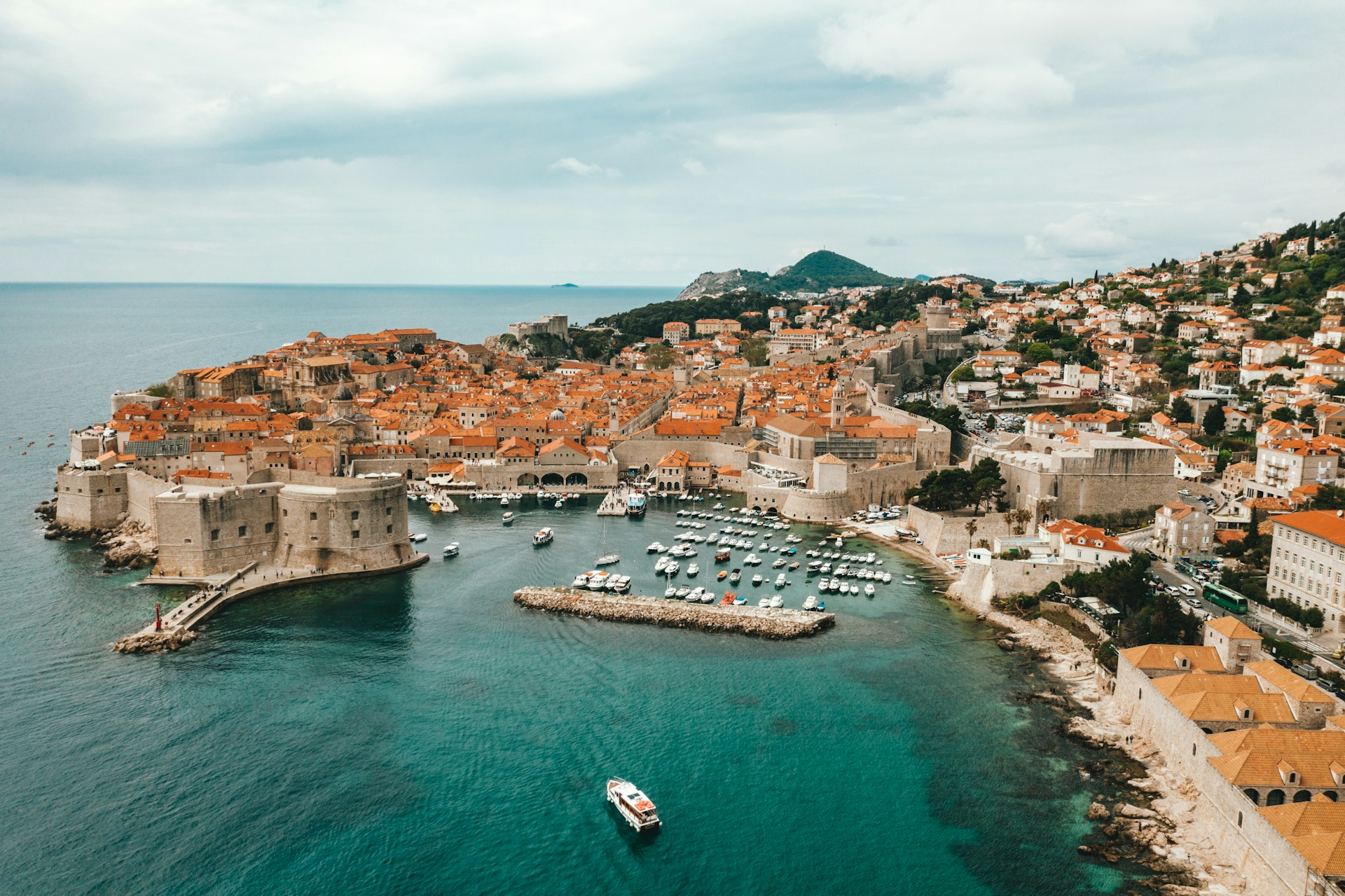
Dubrovnik coordinates cruise schedules, limits large tour groups, and discourages suitcase dragging and beachwear inside the walled core. Guides map alternate circuits so walls and steps do not jam at the same ten minutes each day. Between the waves, laundry still flutters overhead and neighbors greet each other at stone fountains. The old town feels like a home again. Visitors who match the tempo find music drifting from courtyards and conversations that last longer than a photo stop.
